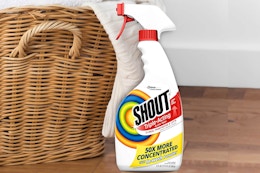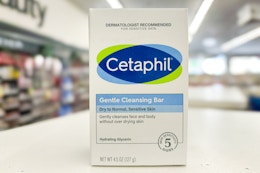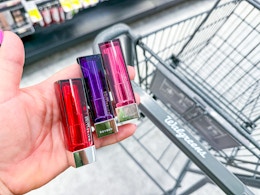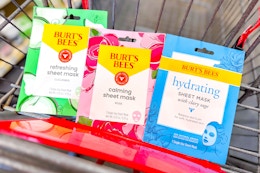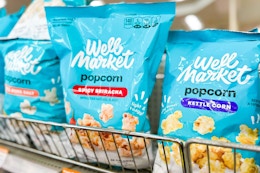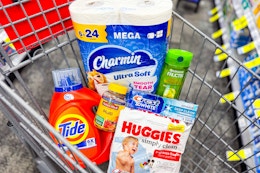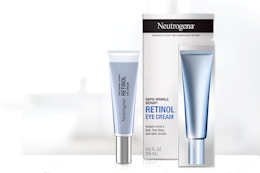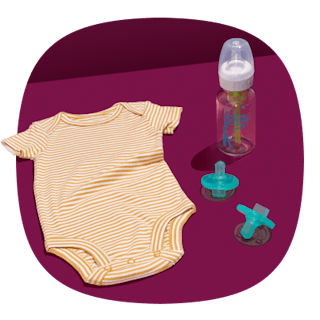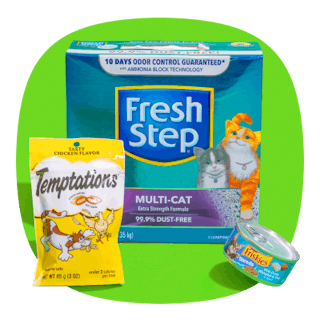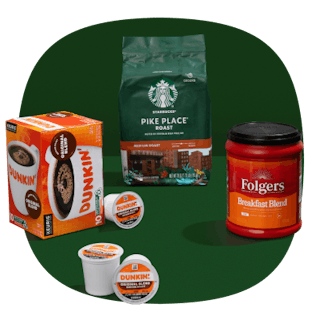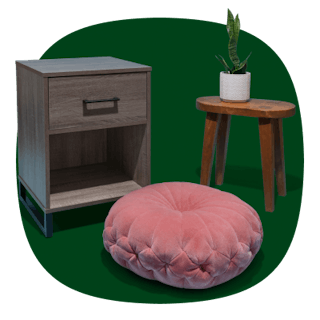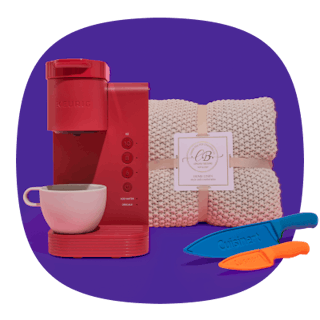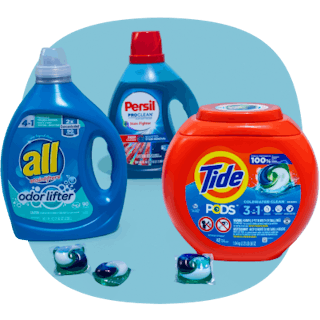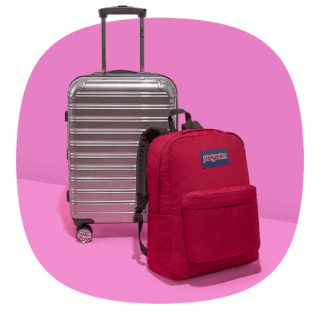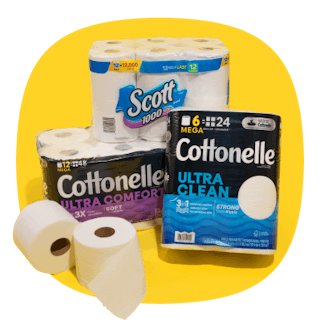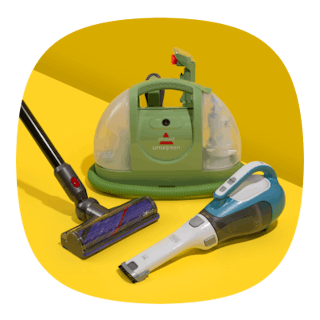With painful inflation, factory farms allegedly gouging egg prices , wages remaining largely stagnant and a potential looming recession, seniors on a fixed income could definitely use a $900 grocery stimulus right now — but it’s not looking likely.
That said, there are some potential stimulus payments coming for residents of certain states, and some insurers offer a Medicare Grocery Benefit to help stretch seniors’ dollars a little further at the supermarket.
We’ll tell you what we know about the much-discussed $900 grocery stimulus for seniors, as well as point you to some programs that provide grocery relief in the meantime:
What is the $900 grocery stimulus for seniors?

In short, there isn’t one — yet. While there was some chatter about a possible $900 grocery stimulus for seniors 60 and over, there was zero federal funding passed for 2022 or 2023 for stimulus payments of any kind on a national scale. But the rumor won’t die.
You know what did happen, though? A massive Social Security benefits increase for 2023.
What is the Medicare Grocery Allowance Benefit?
While there’s no actual $900 grocery stimulus for seniors, some Medicare Advantage plans offer food cards you can use to purchase healthy foods. These will have funds pre-loaded onto them (amounts vary by eligibility) that you can use to purchase nutritionally rich foods at most retailers.
Although the amount you get for the Grocery Allowance can vary based on various eligibility factors, as of 2023, the average amount loaded onto the card is $150 per month according to RetireGuide.
Important: The funds on the grocery card don’t roll over from one month to the next, so it’s a use-it-or-lose-it kind of situation.
Who is eligible for the Medicare Grocery Allowance Benefit?
The Medicare Grocery Allowance Benefit is typically reserved for Medicare Advantage Special Needs Plans (SNP), the most common of which are Dual Special Needs Plans (D-SNPs) or Chronic Special Needs Plans (C-SNPs). C-SNPs are for people with chronic conditions or severe medical needs that make them eligible for Medicare, while D-SNPs are for those eligible for Medicare (from their age and disability) and Medicaid (through their financial need).
Not every Medicare Advantage Plan includes the benefit, and it may also depend on Medicare’s specific agreement with your private insurer (if you have one). Check with your insurer — and, if possible, with an elder law attorney or social worker — to see what plans can benefit you most.
What can you buy with the Medicare Grocery Allowance Benefit?
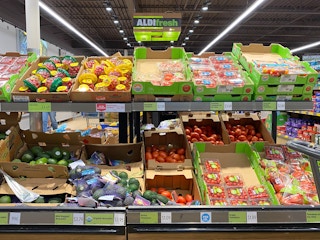
The Medicare Grocery Allowance Benefit covers healthy whole foods and ingredients, as well as certain ready-made items. Covered items include:
-
Beans
-
Bread
-
Canned fruit
-
Canned vegetables
-
Cereal
-
Dairy
-
Flour
-
Fresh fruit
-
Fresh vegetables
-
Frozen fruit
-
Frozen meals
-
Frozen vegetables
-
Herbs
-
Legumes
-
Meat
-
Nutrition bars
-
Nutrition shakes
-
Pasta
-
Salad kits
-
Seafood
-
Soup
-
Spices
-
Sugar
-
Vitamin-enriched water
-
Water
Because the point of the Medicare Grocery Allowance Benefit is to encourage healthy eating, many indulgences and vices aren’t covered by the cards. These include:
-
Alcohol
-
Baby formula
-
Candy
-
Chips
-
Cigarettes
-
Coffee shop purchases
-
Desserts
-
Non-food items
-
Pet food
-
Pre-baked goods
-
Tobacco
What abut SNAP benefits?
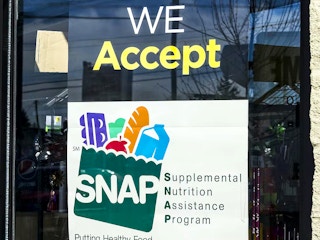
SNAP stands for Supplemental Nutrition Assistance Program; it’s a federal government program that helps low-income individuals and families purchase food. (Some people still call it “food stamps”.) Eligible recipients get an EBT (Electronic Benefits Transfer) card, which works like a debit card, to purchase food at authorized stores.
Depending on where you live, your resources, and other factors, you may be eligible for SNAP Benefits. You must apply in your state of residence for SNAP Benefits. You can check your eligibility here. Seniors and disabled persons have a separate application process.
And once you get SNAP, you can use it a bunch of places; for example, Trader Joe’s takes EBT , and Dollar Tree also accepts SNAP benefits. You can use food stamps with coupons , and even spend your SNAP benefits online .
Download the KCL app to add and redeem coupons in store




































